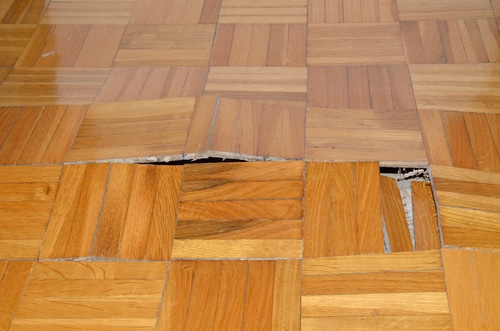Overview To Water Leakage Detection At Home
Overview To Water Leakage Detection At Home
Blog Article
Presented here in the next paragraph you can locate additional worthwhile data in regards to Finding hidden leaks.

Early discovery of dripping water lines can mitigate a potential catastrophe. Some small water leakages might not be noticeable.
1. Examine the Water Meter
Every home has a water meter. Inspecting it is a guaranteed manner in which assists you find leakages. For beginners, switch off all the water resources. Make certain no one will flush, use the faucet, shower, run the washing machine or dishwashing machine. From there, most likely to the meter and watch if it will certainly transform. Since no one is using it, there should be no movements. That shows a fast-moving leakage if it moves. If you detect no adjustments, wait a hr or 2 as well as inspect back once again. This suggests you might have a sluggish leak that could even be below ground.
2. Check Water Intake
If you detect unexpected changes, in spite of your consumption being the same, it implies that you have leakages in your plumbing system. A sudden spike in your costs indicates a fast-moving leakage.
Meanwhile, a constant rise each month, despite having the exact same routines, reveals you have a slow leakage that's additionally gradually intensifying. Call a plumber to completely examine your property, specifically if you feel a warm location on your flooring with piping underneath.
3. Do a Food Coloring Test
When it involves water consumption, 30% comes from bathrooms. Test to see if they are running effectively. Drop specks of food shade in the storage tank and also wait 10 mins. If the color somehow infiltrates your dish throughout that time without flushing, there's a leak between the storage tank and also dish.
4. Asses Outside Lines
Don't neglect to check your outdoor water lines too. Test spigots by connecting a yard pipe. Needs to water seep out of the connection, you have a loose rubber gasket. Replace this and ensure all connections are tight. If you've got an automatic sprinkler, it will certainly assist get it professionally examined and maintained annually. One little leak can squander tons of water and also increase your water expense.
5. Assess the scenario as well as inspect
Home owners must make it a practice to check under the sink counters and also also inside cabinets for any kind of bad odor or mold development. These two red flags show a leak so punctual interest is required. Doing regular examinations, even bi-annually, can conserve you from a major trouble.
Examine for discolorations and also weakening as the majority of devices as well as pipelines have a life expectancy. If you suspect dripping water lines in your plumbing system, do not wait for it to intensify.
Early discovery of leaking water lines can reduce a possible disaster. Some tiny water leaks may not be visible. Checking it is a proven method that helps you discover leaks. One small leakage can squander tons of water as well as spike your water bill.
If you presume dripping water lines in your plumbing system, don't wait for it to intensify.
WARNING SIGNS OF WATER LEAKAGE BEHIND THE WALL
PERSISTENT MUSTY ODORS
As water slowly drips from a leaky pipe inside the wall, flooring and sheetrock stay damp and develop an odor similar to wet cardboard. It generates a musty smell that can help you find hidden leaks.
MOLD IN UNUSUAL AREAS
Mold usually grows in wet areas like kitchens, baths and laundry rooms. If you spot the stuff on walls or baseboards in other rooms of the house, it’s a good indicator of undetected water leaks.
STAINS THAT GROW
When mold thrives around a leaky pipe, it sometimes takes hold on the inside surface of the affected wall. A growing stain on otherwise clean sheetrock is often your sign of a hidden plumbing problem.
PEELING OR BUBBLING WALLPAPER / PAINT
This clue is easy to miss in rooms that don’t get much use. When you see wallpaper separating along seams or paint bubbling or flaking off the wall, blame sheetrock that stays wet because of an undetected leak.
BUCKLED CEILINGS AND STAINED FLOORS
If ceilings or floors in bathrooms, kitchens or laundry areas develop structural problems, don’t rule out constant damp inside the walls. Wet sheetrock can affect adjacent framing, flooring and ceilings.
https://www.servicemasterbyzaba.com/blog/how-to-detect-water-leakage-in-walls/

We had been made aware of that report about Leaking water lines through a good friend on another web page. Sharing is caring. You won't know, you may just be helping someone out. Thank you so much for taking the time to read it.
Report this page